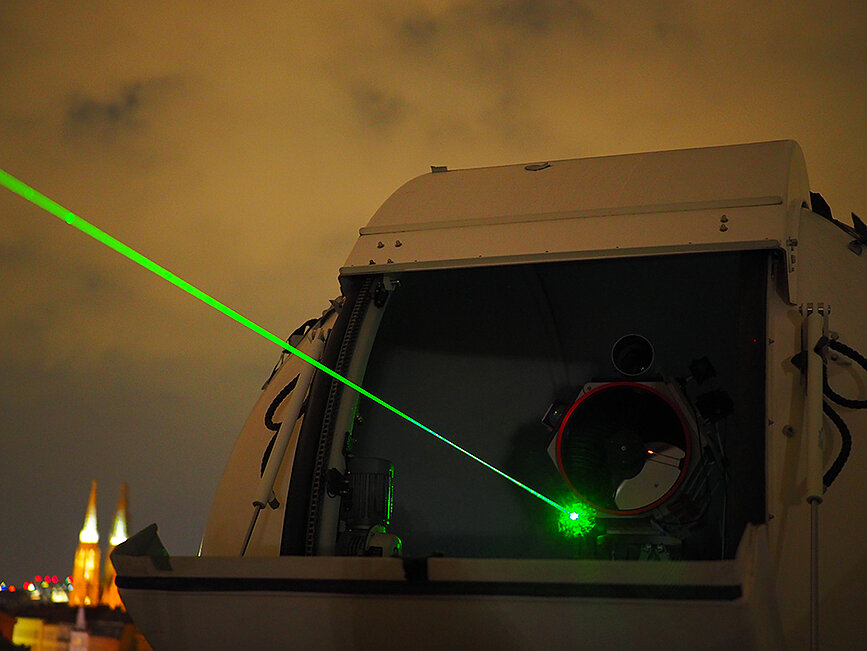Probing Quantum Correlations in Space-Time at the Fermilab Holometer

To probe this, we built the Holometer, a pair of 40m-long, co-located but independent high-power Michelson interferometers. Their signals are sampled at a frequency far exceeding the 8MHz inverse light crossing time of the optical layout, for broad-band cross-correlation measurements of differential position that are both timelike and spacelike across the physical system. This allows sensitivity to nonlocal phenomena such as an entanglement of space-time, beyond the local metric fluctuations or stochastic gravitational waves measured at LIGO or GEO600. With 10^29 photons, the cross spectral density integrates down to 0.1 Planck time in dimensionless strain units.
In this talk, I will describe the phenomenology behind this design concept -- a hypothesis about a relational space-time emergent from a quantum system, with the information delocalized according to EPR-like causal structures. I will present the current status of our analysis and systematics. If our signature is verified, it appears acausal in standard frameworks, and offers a potential pathway to the black hole information problem, the nature of dark energy, and issues in quantum foundations such as indefinite causal structures and observer dependent realities. I will also discuss possible concordant signatures in the latest data on the cosmic microwave background (Planck) and galaxy density distributions (DES).
Information
Speaker: Ohkyung Kwon

